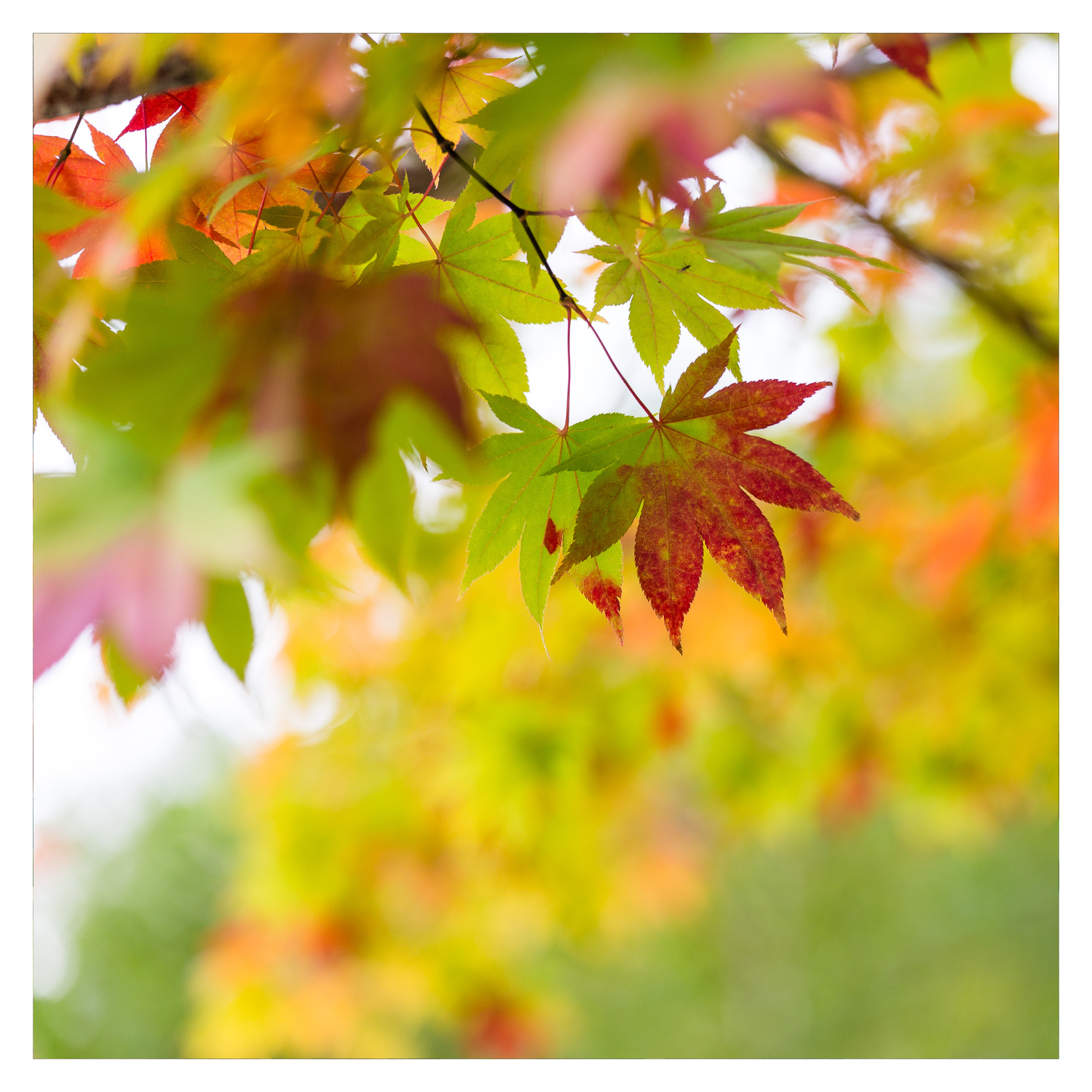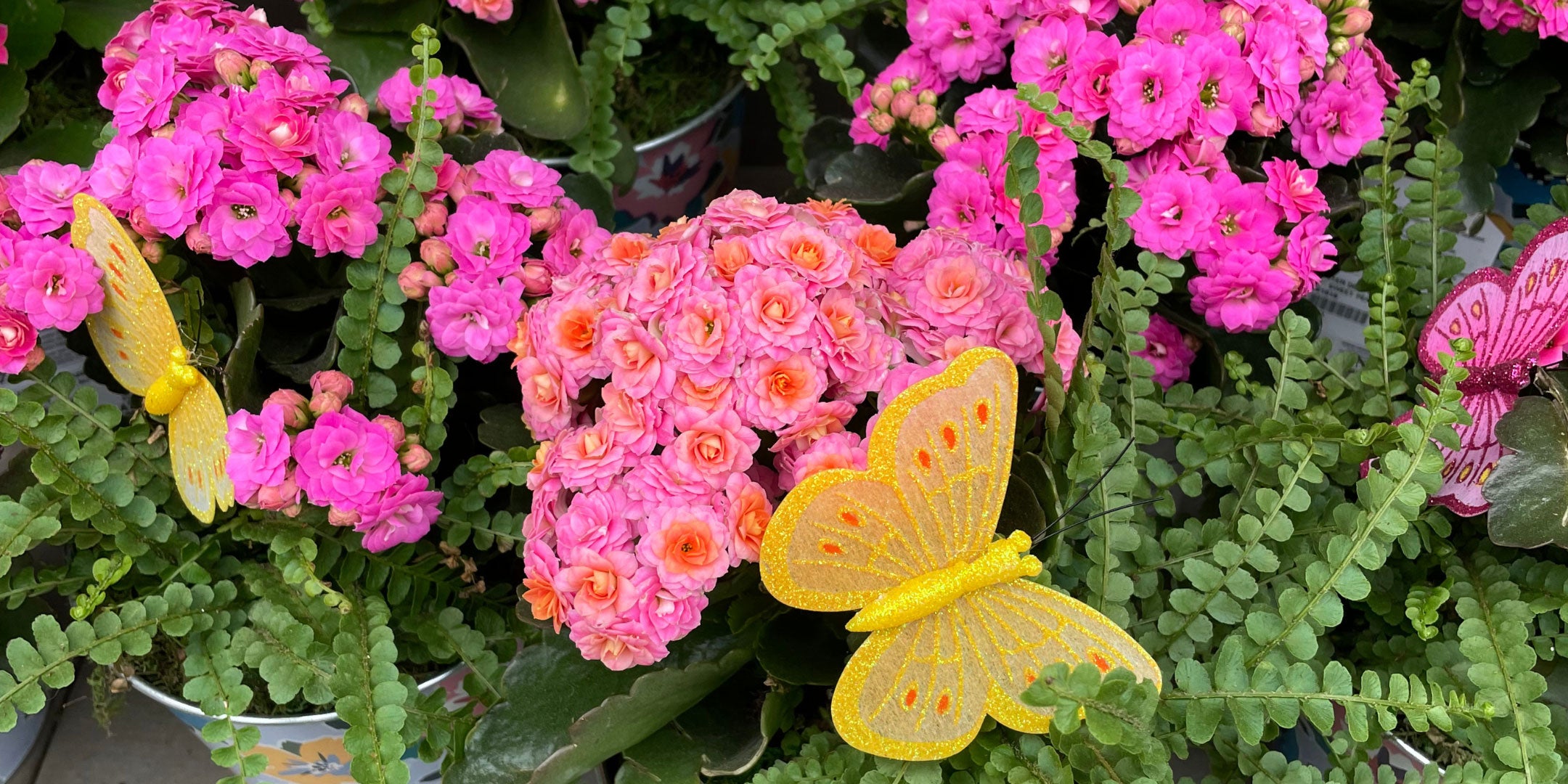As fall sweeps across Northern Ontario, one of the most enchanting sights is the vibrant transformation of leaves from green to shades of red, orange, yellow, and even purple. But have you ever wondered why this happens? The changing colours of autumn leaves are a result of complex biological processes within the tree as it prepares for the colder months ahead.
The Science Behind the Change
Leaves are green in the spring and summer due to the presence of chlorophyll, the pigment that helps trees convert sunlight into energy through photosynthesis. As daylight shortens and temperatures cool, trees gradually stop producing chlorophyll. This allows other pigments present in the leaves—such as carotenoids (yellow and orange) and anthocyanins (reds and purples)—to shine through, creating the stunning autumnal display we all love.
As the tree prepares for winter dormancy, it also starts cutting off the supply of nutrients to the leaves. Eventually, the connection between the leaf and the tree weakens, and the leaves fall, creating a protective blanket on the ground.
The Benefits of Fallen Leaves
Although many homeowners are quick to rake up fallen leaves, they actually play an essential role in supporting landscapes and wildlife.
-
Natural Mulch and Soil Health
Fallen leaves act as a natural mulch, protecting the soil from erosion and temperature fluctuations. As they decompose, they return valuable nutrients like nitrogen and carbon to the soil, enriching it for next season’s growth. This natural cycle of nutrients benefits lawns, gardens, and trees, helping them thrive year after year. -
Shelter and Food for Insects
Leaves offer a habitat for many beneficial insects. Insects like beetles, spiders, and caterpillars find shelter beneath the leaf cover, where they can overwinter safely. Leaf litter also provides a rich food source for earthworms and other decomposers, which help aerate and fertilize the soil. -
Supporting Pollinators and Birds
Some species of butterflies and moths, such as the woolly bear caterpillar, overwinter in fallen leaves. By leaving leaves on the ground, you can create a safe haven for these important pollinators. In addition, birds often forage in the leaf litter for insects, making it a critical part of their food chain.
How to Use Leaves in Your Landscape
- Mulching: Instead of bagging leaves for removal, shred them and use them as mulch in garden beds and around trees. This will help insulate plant roots and keep moisture in the soil.
- Composting: Leaves are a great addition to compost piles. Mix them with green material like grass clippings to create nutrient-rich compost that can be used in the spring.
- Leave Some for Wildlife: Consider leaving a portion of your yard “wild” by letting leaves decompose naturally. This creates an ideal environment for insects and birds that rely on leaf cover during the colder months.
The changing colours of leaves signal not only the end of the growing season but also the beginning of a new cycle that benefits landscapes, insects, and the environment as a whole. This fall, enjoy the vibrant display and consider letting some of those leaves work their magic right where they land.




